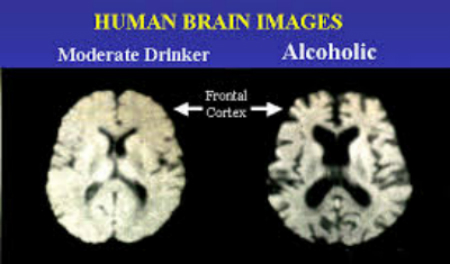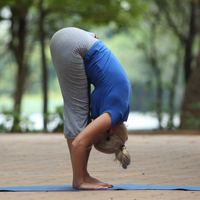
The DEC members discussed the plan to transform Dubai into a global hub for health tourism as proposed by the Dubai Health Authority.
The Dubai Executive Council (DEC) on Wednesday approved a plan to implement the strategy to turn Dubai into a world hub for medical tourism.
A meeting of the council chaired by Shaikh Hamdan bin Mohammed bin Rashid Al Maktoum, Crown Prince of Dubai and Chairman of the Dubai Executive Council, also discussed a proposal to invest wisely the plots of land set aside for housing with the aim of earning sustainable profits to support the housing projects in the emirate and to give a backup to the government.
The DEC members discussed the plan to transform Dubai into a global hub for health tourism as proposed by the Dubai Health Authority. According to the plan, Dubai would provide selected, distinctive and quality health services at competitive prices which would attract tourists visiting the emirate.
The plan aims to build a system which would boost excellence in the field of healthcare, which would attract people willing to get curative services to the emirate of Dubai.
The Dubai Health Authority has laid down a comprehensive strategy to achieve a number of investment targets in health tourism in six medical areas of specialisation, including dentistry, plastic surgery, ophthalmic surgery, general medical checkups, orthopedic surgery and sports medicine, in addition to recuperation and healing from skin diseases.
The executive plan has been developed to include four main pillars: competition and prioritisation; Dubai’s global status; increasing the number of tourists and medical revenues through delivery of high-quality medical services; and achieving medical sustainability.
The other proposals and projects discussed during the meeting included the investment of land allocated for housing to achieve a sustainable income to support housing projects and government’s support for these projects and providing sites for the delivery of public services near residential complexes that the Mohammed Bin Rashid Housing Establishment has embarked on constructing.
Source: Khaleej Times












